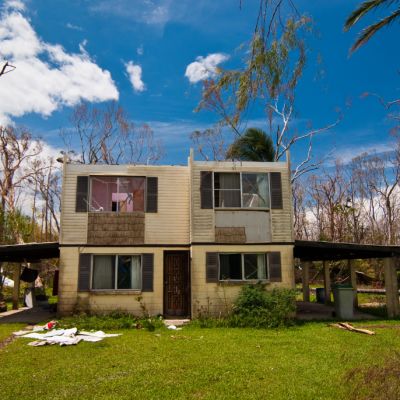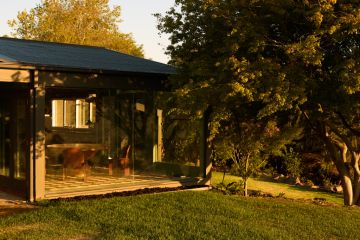What to do if your investment property has been hit by natural disaster
Many properties right around the country have been destroyed or damaged by bushfire, storms or floods in recent months.
While this can be distressing, as long as the owners have the right risk mitigating strategies in place, they should not be out of pocket.
What landlords should do after a natural disaster
Safety and wellbeing is paramount and landlords must first work with their tenants to assess and address any damage and impact on tenants.
AJ Chand, founder and chief executive of property management app Instarent, suggests offering tenants a reduced rent in the event the property needs repairs but is still liveable. This means the asset is still producing income and tenants have a roof over their heads.
Once they are satisfied their tenants are safe, landlords should work with their insurer to ensure claims are approved as soon as possible.
Landlords’ insurance is the first line of defence for investment properties that have suffered damage in the recent natural disasters. This covers fixtures and fittings such as curtains, carpets and lights and furniture that form part of the rental agreement.
“Contents owned by the tenant will not be covered under a landlord’s policy and tenants need to claim against their own contents cover if their possessions have been damaged,” says Carolyn Parrella, executive manager of Terri Scheer Insurance, which specialises in property cover.
Landlords’ insurance offers a range of policy options, such as cover for acts of nature, flood and water damage, personal property or contents cover, as well reimbursement for lost rental income.
Building insurance will cover rebuilding the property in case of a total loss. This will usually be paid for by the owners’ corporation for apartments, but landlords will need to take this insurance out themselves for houses.
“It is critical for landlords to understand if their insurance policies are right for the region in which their properties are located. They must also form a view about whether they face increased risk of bushfires, floods or other potentially damaging events,” says Chand.
What to do if you don’t have insurance
Most landlords take out insurance as a matter of course. But if you don’t have insurance, there are other mechanisms through which you can get help and compensation.
“Communities tend get together to assist people in need. Put your hand up and be transparent about not having insurance and ask for help. Start with government agencies and approach family and friends. Consider raising money through crowdfunding sites and by holding fundraising events,” Chand advises.
For houses, Parrella notes banks require property owners to have insurance that covers the replacement value for the building. “If investors don’t have insurance in place, the owner is at risk of significant loss.”
Even if your property has not been affected by natural disaster, it’s a timely reminder to ensure it is correctly valued for insurance purposes. This means that in the event of any future claim, your loss should be completely covered and you won’t be left out of pocket. After all, there’s no point having an investment property if it costs you money.
How to minimise the risk of property damage from natural disasters
There are other steps investors should take to reduce the risk of fire impacting their properties down the track.
“Keep maintenance up to date,” says Chand. “Also implement preventative measures for properties located in high-risk areas such as making sure smoke alarms are working, clearing gutters and sheds of leaves and debris and making sure building structures are not too close to trees, bush or grass by clearing a fire break.”
It’s also a great idea to take photos of the property that may be used as back-up evidence for any future insurance claims.
It may be worthwhile installing a fire extinguisher at the property as a further safeguard, Parrella says. “The fire authorities’ websites for each state are also an excellent resource and provide detailed information on how best to prepare and protect property,” she adds.
We thought you might like
States
Capital Cities
Capital Cities - Rentals
Popular Areas
Allhomes
More










